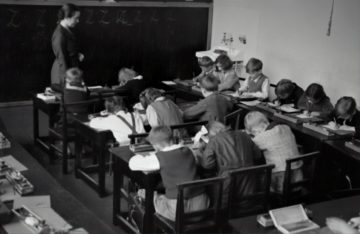by Chris Horner
A choice of ‘cultural things’ I enjoyed in 2022 and which you might like, too. Some were from well before this year, but discovered by me in ’22. Novel, non fiction, concert, recording, exhibition. Here we go:
- Novel: The Odd Women – George Gissing.
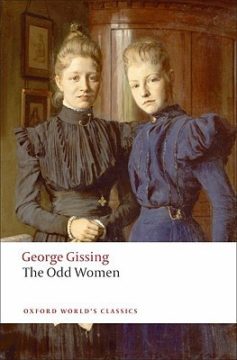 This is the kind of novel which when read makes you wonder why it isn’t better known and more widely celebrated. The late 19th century saw a wave of plays and novels dealing with ‘the New Woman’ – the educated, worryingly independent, vote-seeking, bicycling women of the late Victorian/Edwardian age. Examples include Victoria Cross’s Anna Lombard (1901), Ella Hepworth Dixon’s The Story of a Modern Woman (1894) Many of these were predictable rubbish: marriage or death solves everything. Exceptions among plays are Ibsen’s Hedda Gabler, Shaw’s Mrs Warren’s Profession, and among novels HG Wells’ Ann Veronica (1909), but it’s the Gissing that is really the winner among novels. Gissing avoids most of the cliches and stereotypes and produces a narrative that is genuinely absorbing and a set of themes and characters one remembers long after the book is put down. Gissing is an odd fish: he has real empathy for the plight of the poor and the rejected (both here and in The Nether World and his more famous New Grub Street), but has an ‘official’ conservative ideology which, when he lets it, blocks him from being able to imagine how the agency of working class or (as here) mainly lower middle class women might work for their liberation. In this he isn’t alone: many great novelists have said more through their literature than their ‘official’ beliefs ought to allow them to do (think of Dostoyevsky) In The Odd Women, he largely lets his imagination take him places his philosophy could never encompass. The book emerges as a fascinating account of the situation of the ‘superfluous’ women of the 1890s – and shows how they either succumbed to or overcame the world that seemed to have no place for them. Read more »
This is the kind of novel which when read makes you wonder why it isn’t better known and more widely celebrated. The late 19th century saw a wave of plays and novels dealing with ‘the New Woman’ – the educated, worryingly independent, vote-seeking, bicycling women of the late Victorian/Edwardian age. Examples include Victoria Cross’s Anna Lombard (1901), Ella Hepworth Dixon’s The Story of a Modern Woman (1894) Many of these were predictable rubbish: marriage or death solves everything. Exceptions among plays are Ibsen’s Hedda Gabler, Shaw’s Mrs Warren’s Profession, and among novels HG Wells’ Ann Veronica (1909), but it’s the Gissing that is really the winner among novels. Gissing avoids most of the cliches and stereotypes and produces a narrative that is genuinely absorbing and a set of themes and characters one remembers long after the book is put down. Gissing is an odd fish: he has real empathy for the plight of the poor and the rejected (both here and in The Nether World and his more famous New Grub Street), but has an ‘official’ conservative ideology which, when he lets it, blocks him from being able to imagine how the agency of working class or (as here) mainly lower middle class women might work for their liberation. In this he isn’t alone: many great novelists have said more through their literature than their ‘official’ beliefs ought to allow them to do (think of Dostoyevsky) In The Odd Women, he largely lets his imagination take him places his philosophy could never encompass. The book emerges as a fascinating account of the situation of the ‘superfluous’ women of the 1890s – and shows how they either succumbed to or overcame the world that seemed to have no place for them. Read more »

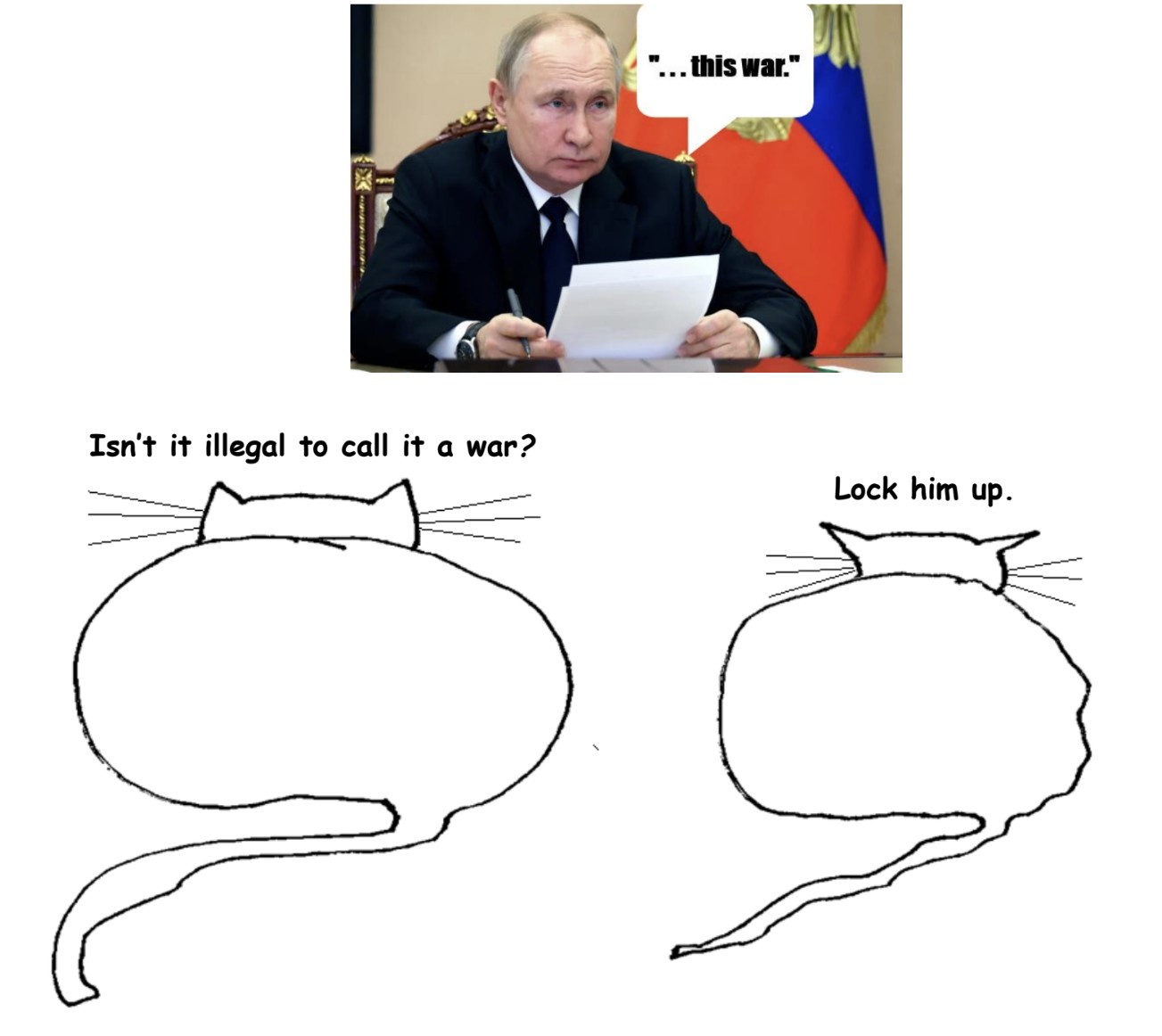
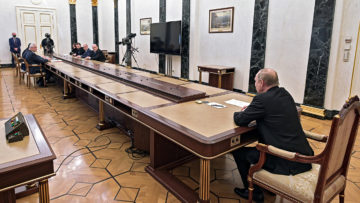

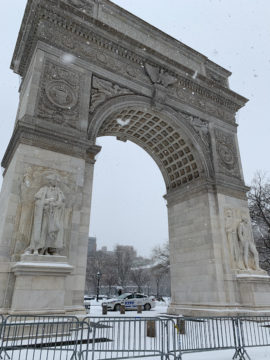 It’s halfway through the month of December and New York is filled with pine boughs and small yellow bells and horse-drawn carriages and scarves. We are seated on the edge of the fountain in Washington Square Park, though this time of year the water has been shut off. A group of five skateboarders are practicing jumps in the large basin. We just bought a pre-rolled joint from one of the stands in the park, of which there are many. But we only buy from one of them. Weed is legal in the city now, but it’s not legally sold, so it can be questionable, and you never want “questionable” when you’re prone to paranoia. We trust the woman who runs this stand, though, because we know where she buys it and she has a rainbow flag on the front of her table.
It’s halfway through the month of December and New York is filled with pine boughs and small yellow bells and horse-drawn carriages and scarves. We are seated on the edge of the fountain in Washington Square Park, though this time of year the water has been shut off. A group of five skateboarders are practicing jumps in the large basin. We just bought a pre-rolled joint from one of the stands in the park, of which there are many. But we only buy from one of them. Weed is legal in the city now, but it’s not legally sold, so it can be questionable, and you never want “questionable” when you’re prone to paranoia. We trust the woman who runs this stand, though, because we know where she buys it and she has a rainbow flag on the front of her table.
 Numerology can easily result from free association and, given its assertions, it certainly seems like it has been. In any case, I thought I’d try my hand at it.
Numerology can easily result from free association and, given its assertions, it certainly seems like it has been. In any case, I thought I’d try my hand at it.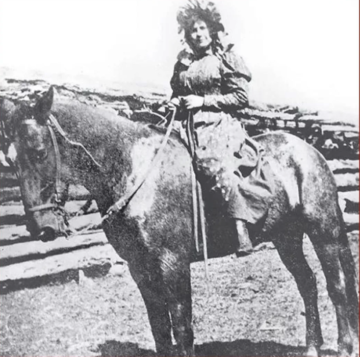

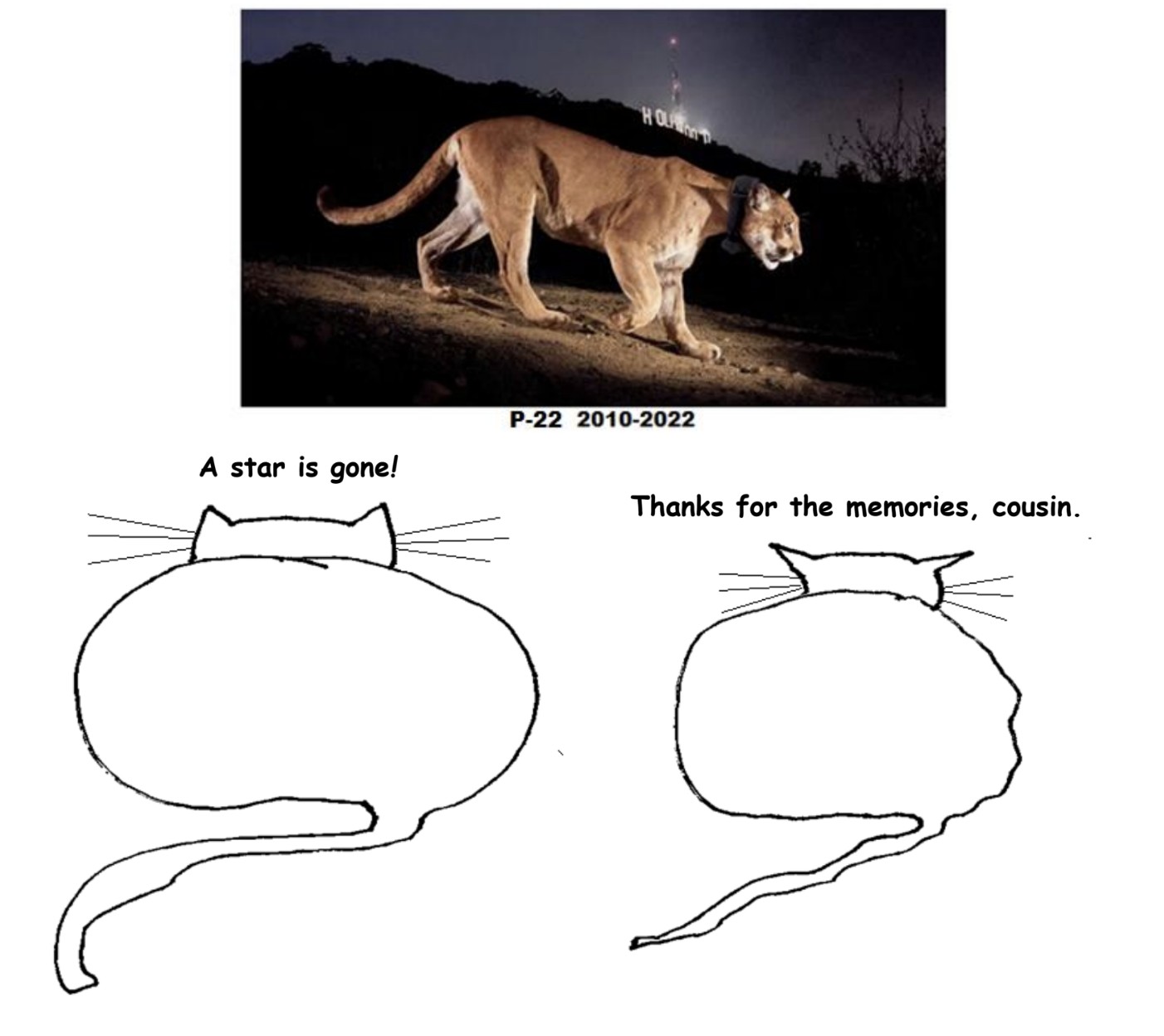
 In 1995, I made two Christmas mixtapes that I labeled A Very Mary Christmas. I had recently gone through a period of wondering whether it made sense to go on celebrating Christmas, given that I’d stopped believing in the Christian story years earlier. In particular, I’d thought about whether I wanted to go on listening to Christmas music—especially the old traditional carols I love, many of which have explicitly religious lyrics. In the end, I decided that there were other good reasons to celebrate the time around the winter solstice. I made the mixtapes in a spirit of enjoying winter and celebrating both the darkness and the light to be found in family and friends. I kept some of the traditional carols (some only in instrumental versions) and religious music—Handel’s Messiah, for example. In addition, I included music that’s not traditionally considered Christmas music or even winter music; hence the now mildly embarrassing substitution of Mary for Merry.
In 1995, I made two Christmas mixtapes that I labeled A Very Mary Christmas. I had recently gone through a period of wondering whether it made sense to go on celebrating Christmas, given that I’d stopped believing in the Christian story years earlier. In particular, I’d thought about whether I wanted to go on listening to Christmas music—especially the old traditional carols I love, many of which have explicitly religious lyrics. In the end, I decided that there were other good reasons to celebrate the time around the winter solstice. I made the mixtapes in a spirit of enjoying winter and celebrating both the darkness and the light to be found in family and friends. I kept some of the traditional carols (some only in instrumental versions) and religious music—Handel’s Messiah, for example. In addition, I included music that’s not traditionally considered Christmas music or even winter music; hence the now mildly embarrassing substitution of Mary for Merry.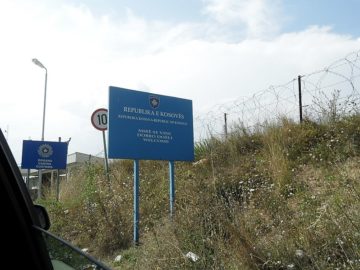



 When people take to the street to protest this is often supposed to be a sign of democracy in action. People who believe that their concerns about the climate change, Covid lockdowns, racism and so on are not being adequately addressed by the political system make a public display of how many of them care a lot about it so that we are all forced to hear about their complaint and our government is put under pressure to address it.
When people take to the street to protest this is often supposed to be a sign of democracy in action. People who believe that their concerns about the climate change, Covid lockdowns, racism and so on are not being adequately addressed by the political system make a public display of how many of them care a lot about it so that we are all forced to hear about their complaint and our government is put under pressure to address it.
 Carl Weinberg, in his excellent
Carl Weinberg, in his excellent 